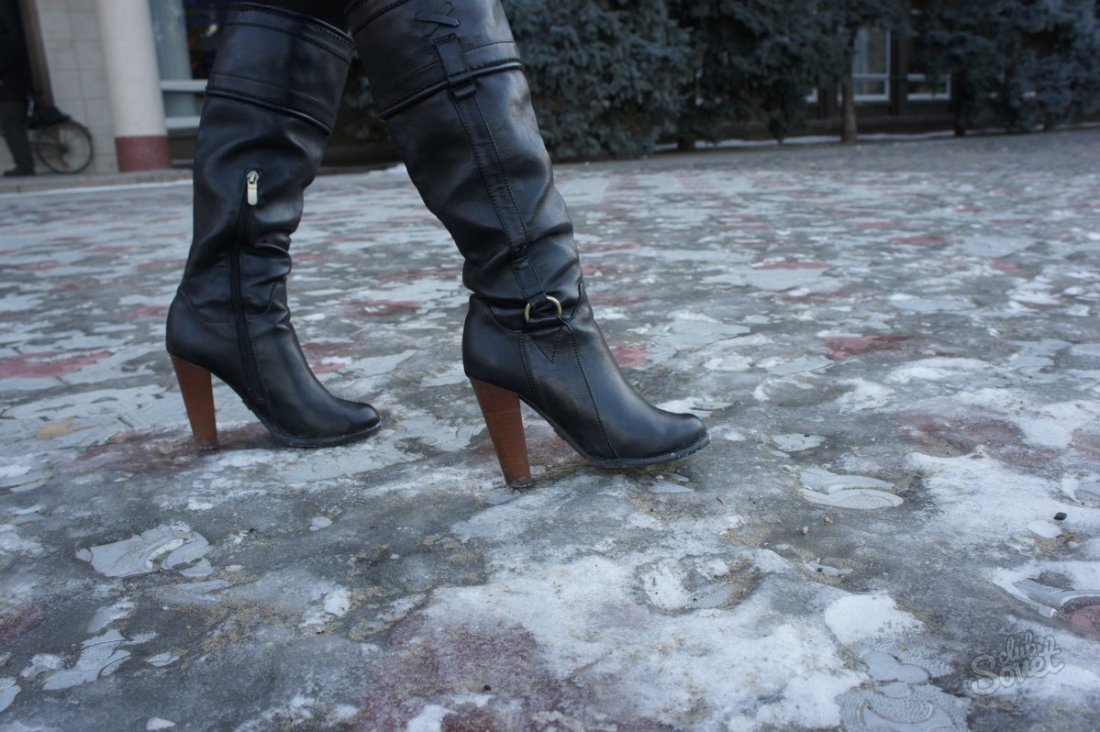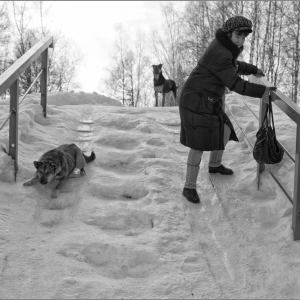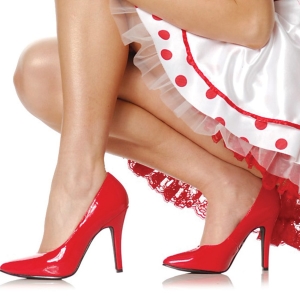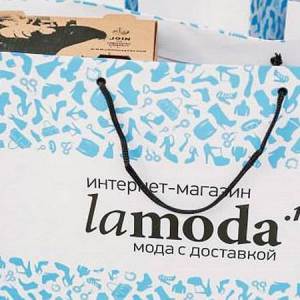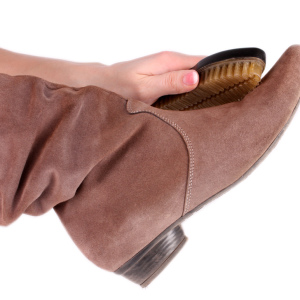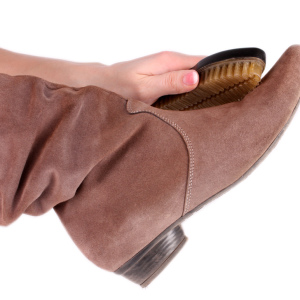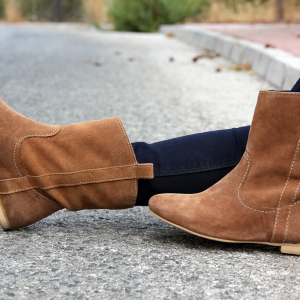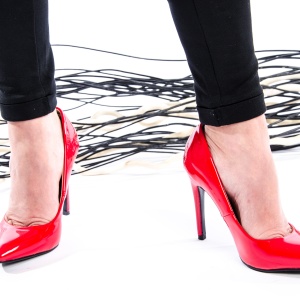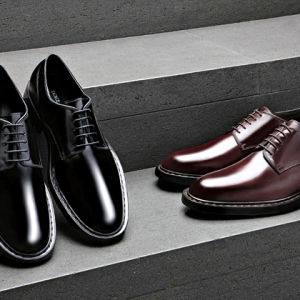With the onset of winter, each of us overtakes a lot of tests, among them and slippery roads. To stay on the legs and not to become a visitor to the injury. It is worth resorted to several advice and make your shoes not slippery as possible.
What shoes choose for ice?
Going to the store for shoes, we most often pay attention to the appearance and price. However, picking up boots or boots for the winter, be sure to look at the sole. What and how it is created is an important factor. The most slippery is considered a leather sole and made of rigid rubber. Thermorezina is moderately slippery, in the ice is not the best option. The most resistant on slippery road are the soles from the Pole -taic and thermoplagian.
For those who do not understand the materials, the optimal option will choose the shoes with a soft sole, do not need special knowledge. If the sole to the touch is rigid and poorly bent, do not be fooled by the beauty of the shoes or its price, it can very much to bring you in winter.
Also worth paying the soles on the relief. The more chaotic drawing, the more confident you feel in such a shoe. And on the contrary, the arrow or parallel strips are directed in one direction or parallel stripes do not create an anti-slip effect.

How to make shoes less slippery?
Tips The data above will help you choose the shoes in which you will feel steadily even in a strong ice, but what to do if the boots have already been bought and the sole in them turned out to be quite slippery. You can attribute the shoes to the master so that it sticks the embossed polyurethane or rubber lining.

There are also many folk tips, how to make shoes less slippery. Here are some ways to be tested by time and winter sidewalks:
- Adamoplasty. The easiest way to stick to the sole of the cross will increase several pieces of the leukoplasty. But this method can only be used in dry frosty weather, during a slush, the leukoplasty will immediately dare. It is also recommended to wear a leukoplasty roll with me, so that at the right moment you can replace the fallen.
- Glue. On a dry, clean sole should be applied super-glue or a regular PVA in the form of any drawing. Wait until it dries and you can go on business, despite the ice.
- Felt. In all soles, glue small pieces of felt using PVA or super-glue and wait until it dries. However, this method, as in the case of the leucoplasty, is suitable only in frosty weather. In slush felt will quickly disappear.
- Sandpaper. Here there are two ways to make the sole as slippery. The first is as well as felt glue pieces of sandpaper to the sole. In order not to bother you can buy special emery strips on a sticky basis. And the second way - from time to time to rub the sandpaper sole, then it will slide less on the ice.
- Sand. You need to apply glue in places and sprinkle with sand. After he freezes, you can go outside. There is also another way - to split the sand in the oven and remove the shoes on it. Hot sandstones will remain on the sole and make it nickname.
- Socks. This method is suitable, probably, only for those who have no complexes or if needed to go somewhere in a dark day of day, and in the street there is a strong ice. The whole essence lies in the fact that the socks wear not under shoes, but on top of them. Cotton from which socks are made, give you resistance to ice.

Invalid methods
There are many people's methods that should not be hoped, as practice has shown, they are completely useless. Here is some of them:
- Hair fixation spray. Do not stick to shoes, use it better by appointment, during the ice he is completely useless.
- Potato. Also completely ineffective is the way rubbing the soles with raw potatoes.
- Grater. You can hear the Council that the shoes need to walk a large grater. Such a manipulation will only spoil your shoes, but will not help during the ice.











